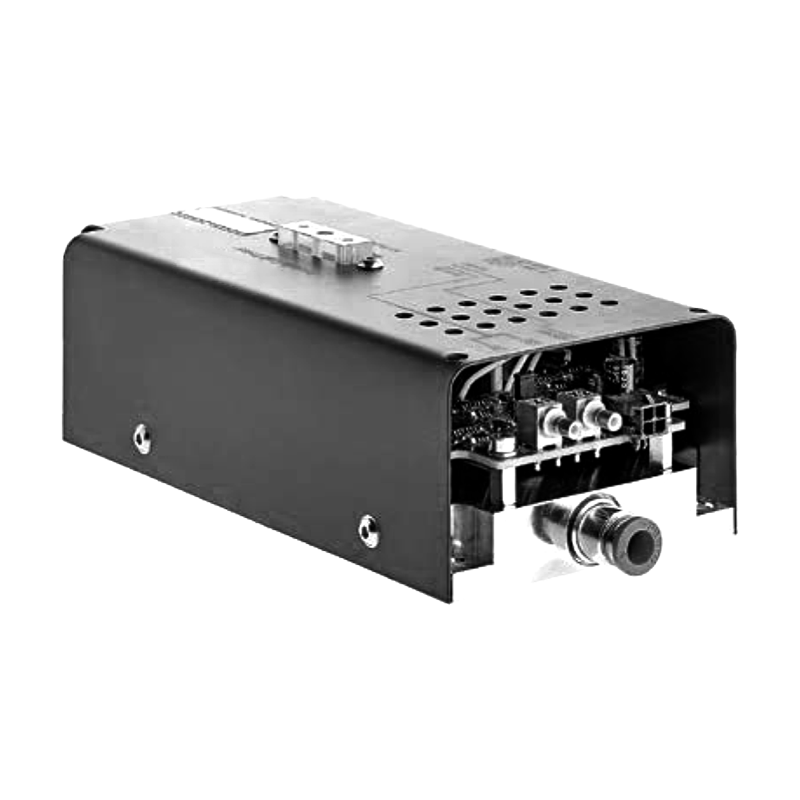Implantation Impurity Distribution of Ion Implantation High Voltage Power Supply
In many fields such as semiconductor manufacturing and material surface modification, the ion implantation technology has become a key process due to its advantage of precisely controlling the introduction of impurities. The ion implantation high voltage power supply, as the core equipment of this technology, plays a decisive role in the distribution of implanted impurities.
During the ion implantation process, ions are accelerated under the strong electric field generated by the high voltage power supply. After obtaining sufficient kinetic energy, they hit the surface of the target material at high speed and penetrate deep inside. The output voltage and current characteristics of the high voltage power supply directly affect the acceleration effect of ions, thus determining the implantation depth and distribution of impurities. A higher voltage can endow ions with greater kinetic energy, enabling them to penetrate deeper and form a deeper impurity distribution inside the target material; conversely, the implantation depth of ions is shallower under a lower voltage. The magnitude of the current affects the number of ions implanted per unit time, thus affecting the impurity concentration distribution.
Many factors can interfere with the ion implantation high voltage power supply to achieve the ideal implantation impurity distribution. The stability of the power supply is crucial. If the voltage or current fluctuates, the acceleration process of ions will be unstable, resulting in deviations in the implantation depth and concentration of impurities. For example, problems such as aging of internal electronic components and poor heat dissipation of the power supply may cause an increase in voltage ripple, leading to non uniform distribution of implanted impurities in the depth direction. In addition, the characteristics of the target material, such as crystal structure and surface state, also have an impact on ion implantation. Target materials with different crystal structures have different scattering and blocking effects on ions, which will change the implantation trajectory of ions and cause the impurity distribution to deviate from the expected value. The oxide layer or contaminants on the surface of the target material may hinder the normal implantation of ions and affect the uniformity of impurity distribution in the surface area.
To achieve a precise and ideal implantation impurity distribution, a series of targeted measures need to be taken. In terms of high voltage power supply design, advanced voltage and current stabilization technologies are adopted, such as introducing a high precision feedback control system to monitor and adjust the output voltage and current in real time to ensure the stability of the ion acceleration process. By optimizing the internal circuit layout of the power supply, electromagnetic interference is reduced, further improving the stability of the power supply. For the target material, strict pre treatment is carried out before ion implantation, such as polishing and cleaning the surface to remove the oxide layer and contaminants, ensuring that ions can be implanted smoothly. At the same time, according to the crystal structure characteristics of the target material, the implantation angle and energy of ions are adjusted to optimize the impurity distribution. In actual production, computer simulation technology can also be used to pre simulate the impurity distribution under different power supply parameters and target material conditions, providing a basis for the optimization of process parameters.
Precisely controlling the implantation impurity distribution of the ion implantation high voltage power supply is of great significance in semiconductor chip manufacturing. It can achieve the precise distribution of impurities in specific areas, helping to manufacture chips with better performance and higher integration, meeting the growing demand for miniaturization and high performance of electronic products. In the field of material surface modification, according to the usage requirements of materials, the distribution of impurities in the surface layer can be precisely controlled to improve the wear resistance, corrosion resistance and other properties of materials.
In conclusion, the implantation impurity distribution of the ion implantation high voltage power supply is affected by many factors. By optimizing power supply design, target material treatment and using simulation technology and other means, the precise control of impurity distribution can be achieved, providing strong support for the technological development of related fields.




















